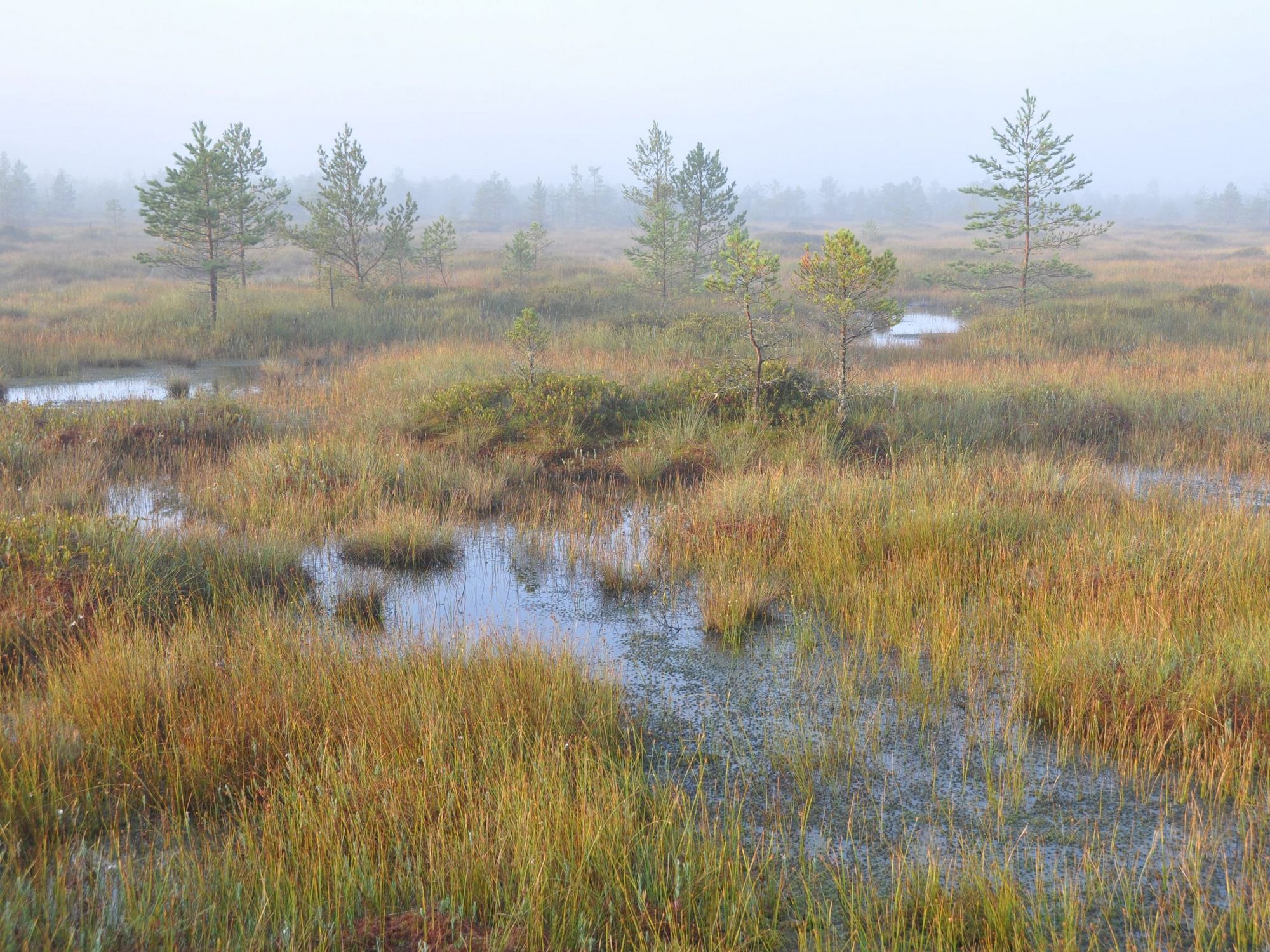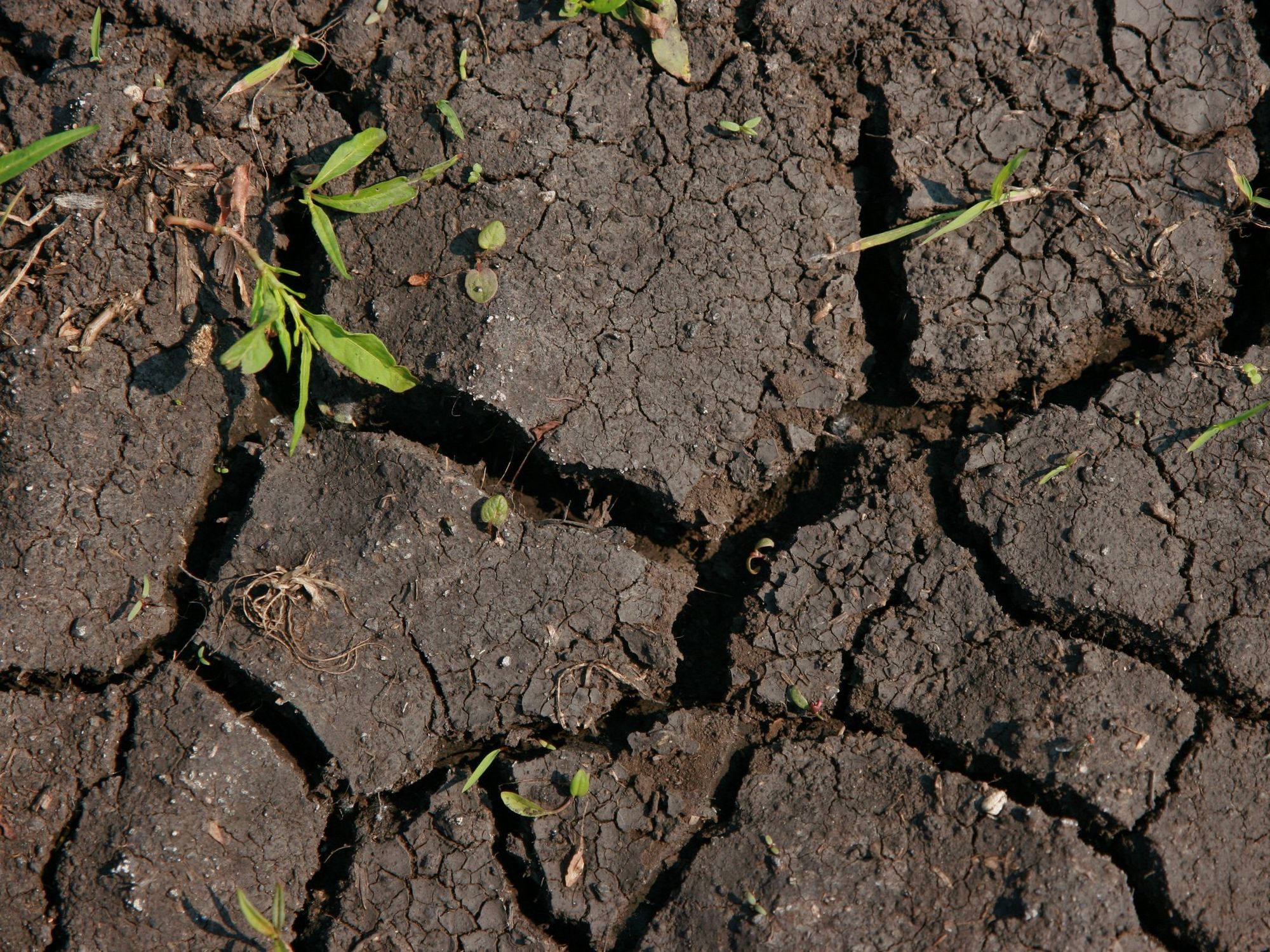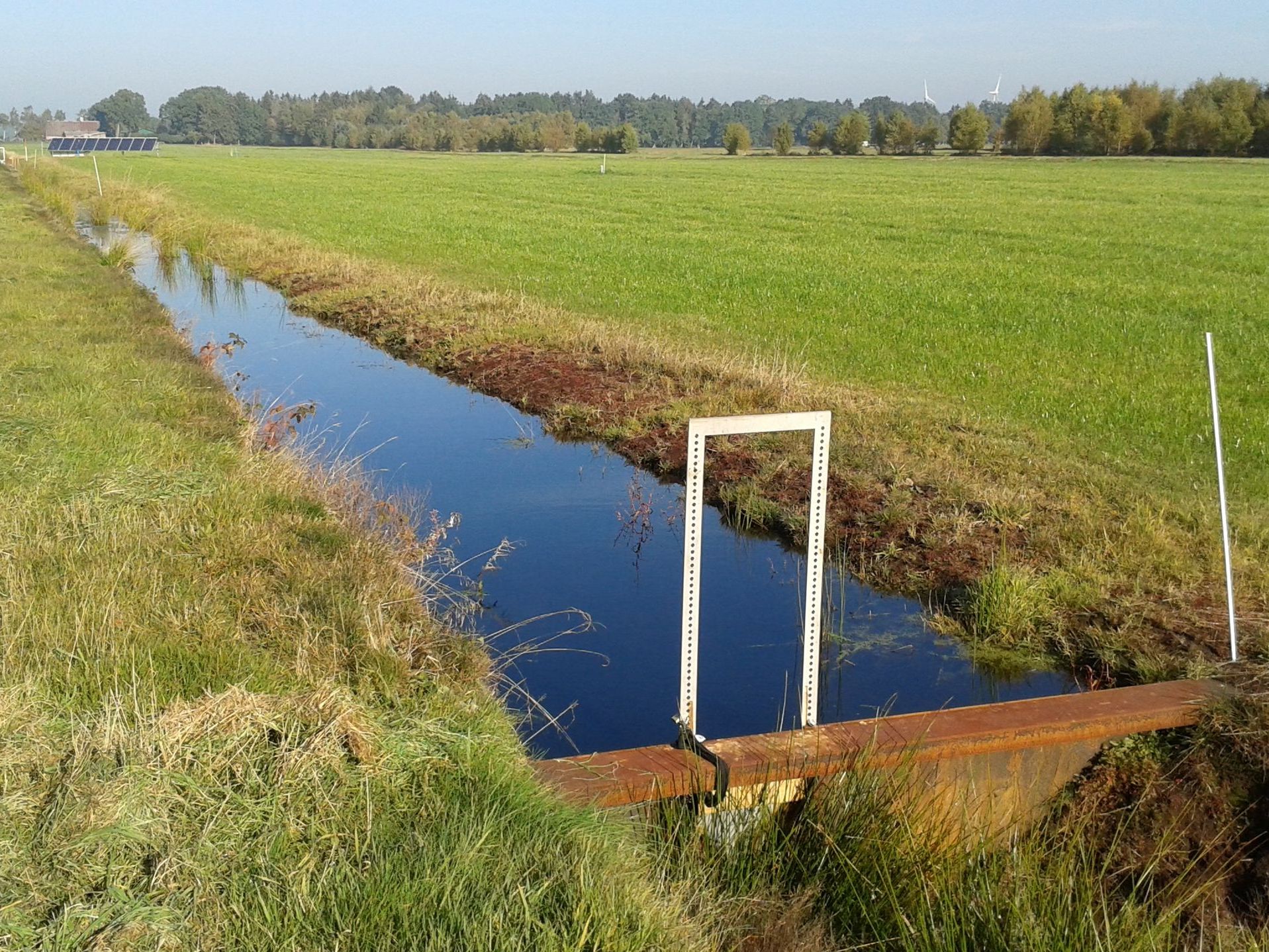Dossier
More Water – Rethinking the management of organic soils
Bärbel Tiemeyer | 30.06.2022
Peatlands have accumulated carbon for thousands of years. Draining them for agricultural use releases large amounts of the greenhouse gases carbon dioxide and nitrous oxide. And other ecosystem services suffer as well. How do we want to manage organic soils in the future?
Peatlands have accumulated carbon for thousands of years. Draining them for agricultural use releases large amounts of the greenhouse gases carbon dioxide (CO2) and nitrous oxide (N2O). And other ecosystem services suffer as well. How do we want to manage organic soils in the future?
Organic soils – meaning soils with a high content of organic carbon – store between 30 and 50 percent of the total soil organic carbon on earth, a pool that has been built up by peat-forming vegetation over several millennia. Disturbances of the peatland ecosystem, which is strongly dependent on the hydrological conditions, can have an extremely negative effect on the climate: if the groundwater level in the peatland is lowered, oxygen reaches the previously water-saturated peat, which leads to a microbial release of carbon as CO2. Furthermore, carbon is lost to bordering water bodies as dissolved organic carbon (DOC).
In Germany, four to five percent of all greenhouse gas emissions come from peatlands which are drained for agricultural or forestry use. In addition to the direct man-made drainage, climate change and N deposition are also threatening the remaining natural bogs and fens.
Natural peatlands can be important filters and sinks for nutrients and host a highly specialized animal and plant world. These ecosystem services are also lost or threatened by drainage. Instead, surface water bodies may be polluted with nutrients released from drained organic soils.
More water for the peatlands
As a society we are presented with the question of how we want to manage our organic soils in the future. Here, the production function and the ecosystem services, including the conservations of biodiversity, must be weighed professionally and supported with data. It is apparent that the only way to restore the diverse functions of the peatlands can be with “more water.” This can be achieved wet use (“paludiculture”) or by complete re-wetting.
The extent to which ecosystem functions can be restored by different approaches is a main focus of our research. For this purpose, we study the dynamics of biogeochemical and hydrological processes of semi-natural, drained, and re-wetted peatlands. We combine greenhouse gas data from throughout Germany (Article in Global Change Biology), conduct laboratory and field experiments and work with numerical and statistical models. Thus we develop concepts to quantify the “water-dependent” functions of organic soils, to upscale them and to assess their impact.




















